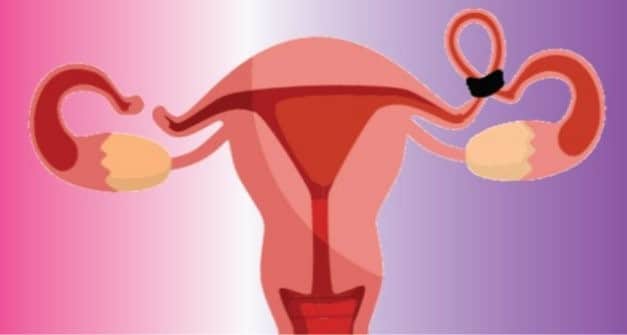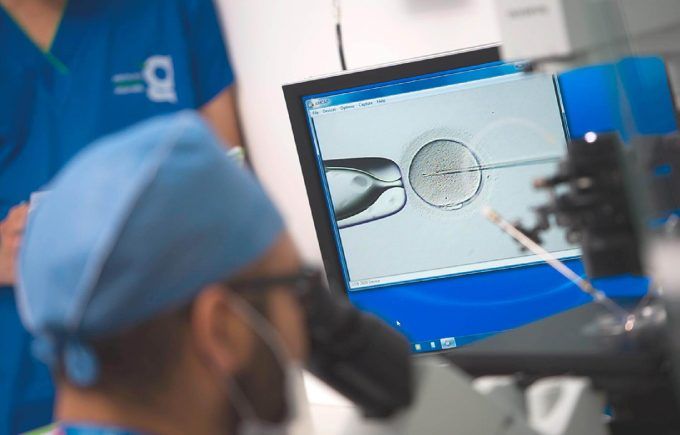



Salpingoclasia, tubal ligation, or bilateral tubal obstruction; is one of the main surgical procedures for the sterilization of women. It consists of cutting, stapling, blocking, tying, or cauterizing the fallopian tubes, thereby making it impossible for the egg to move from the ovary to the uterus, in turn preventing the sperm from meeting the egg and fertilizing it.
Although tubal ligation is considered a permanent sterilization method, there are various procedures that make it possible to conceive a baby again. It will depend on the couple and medical advice to decide which is the most convenient.
Reproduction specialists worldwide recommend In Vitro Fertilization (IVF) above any other treatment, because it is the procedure with fewer long-term complications (common in tubal reconnection surgery, for example), in addition. , the woman can maintain her tubal ligation, that is; Since fertilization occurs in a laboratory, the patient does not need to use contraceptives again and can continue to have control over her fertility when she has conceived the desired baby.
In addition to these advantages, IVF has important guarantees to result in a baby at home in a very short time:
As mentioned, it is carried out in a laboratory, and five basic steps are followed for the procedure:

At the time of ovarian stimulation, it is essential that a reproductive specialist monitor the patient to avoid ovarian hyperstimulation syndrome or multiple pregnancies. They are possible risks, but they can be ruled out and easily avoided when top-level doctors are consulted.
It is important to note that once In Vitro Fertilization (IVF) is completed, the patient must wait around two weeks to take a pregnancy test. It is recommended that you use a progesterone supplement administered vaginally or intramuscularly until the day of the pregnancy test and continue it for 8 to 10 weeks when the test is positive. This hormone helps thicken the lining of the uterus and therefore facilitates the correct implantation of the embryo.
However, each case is unique and so is the way it is treated. Therefore, we recommend that you go to Ingenes so that a reproductive specialist can evaluate your case and, with a timely diagnosis, recommend the appropriate comprehensive program so that you can have your baby at home.